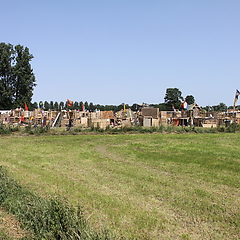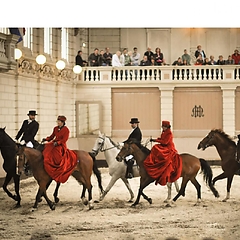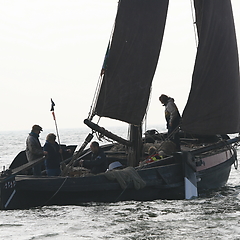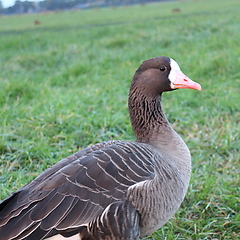As soon as the frost comes in and flooded tracts of land and ditches, canals and pools start to freeze over, the more than five hundred natural ice clubs in the Netherlands become active. An old tradition appears to be vividly alive. Sometimes an ice club has a combination rink: a flooded concrete container or asphalt lane, on which a few centimetres of ice are sufficient to skate on. The competition which club organises the first marathon on natural ice, is always exciting, every year. Later on the organisation of the tours starts. Mutual alignment among organisers of various tours takes place. The ice masters of the KNSB keep a close look at the growth and the quality of the ice, also for the safety of the skaters. Tours can be linked together to extra-long distances (125 miles) and then, of course, the Elfstedentocht (Eleven cities tour) enters the picture. Naturally a koek-en-zopietent (a cake and soup stand) is present too. There are also competitions on natural ice, short track- and marathon matches. If there is no natural ice, the championships take place on artificial ice. After each skating winter the scripts and regulations are improved wherever possible. Skating on natural ice ensures connectedness and contributes to the health of the skaters.



